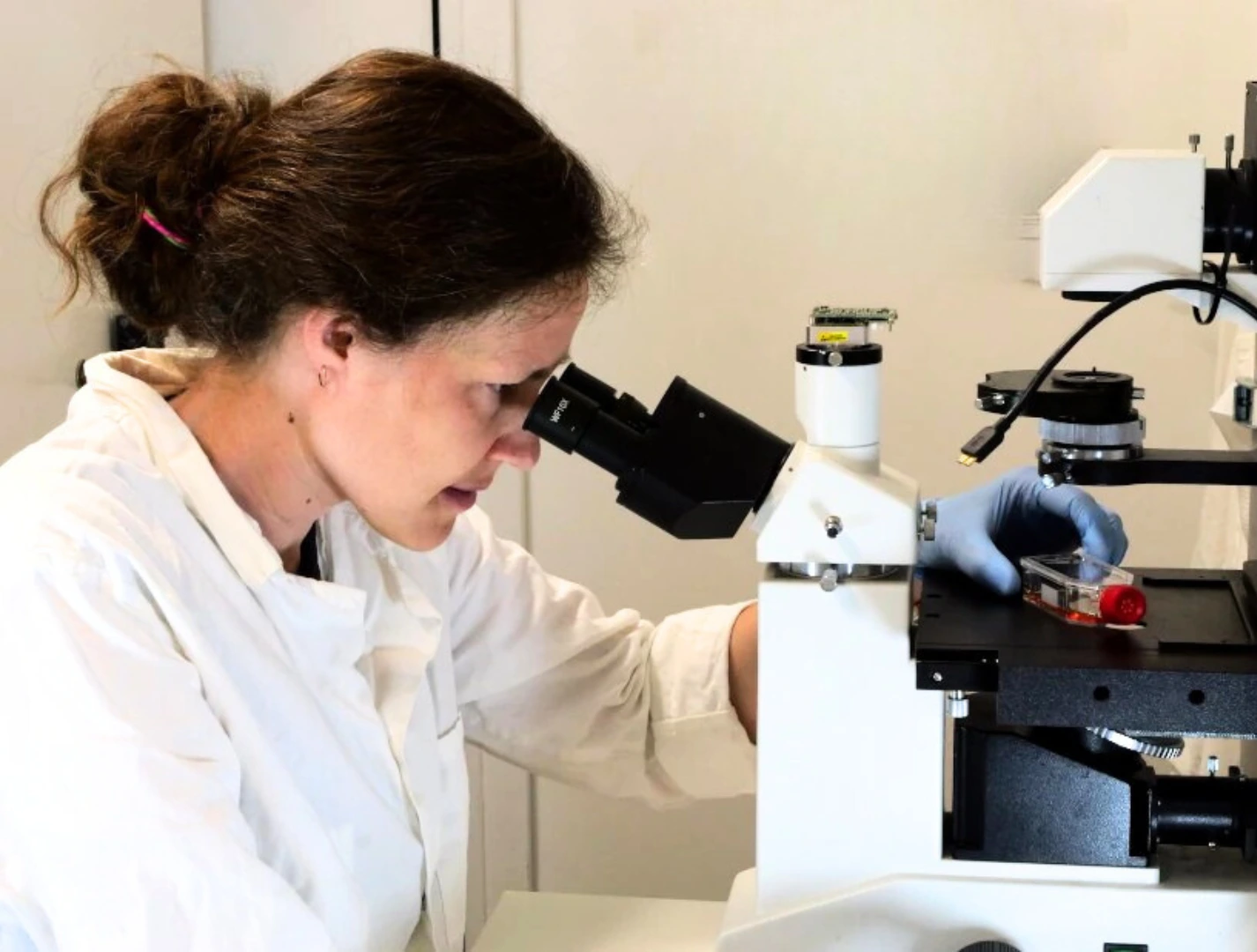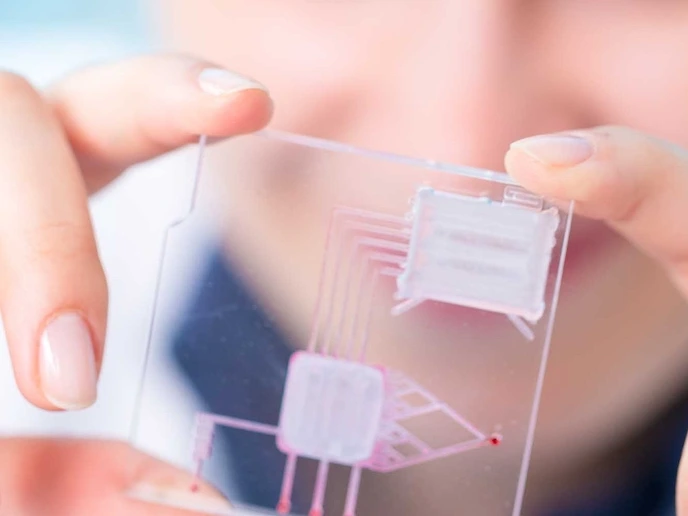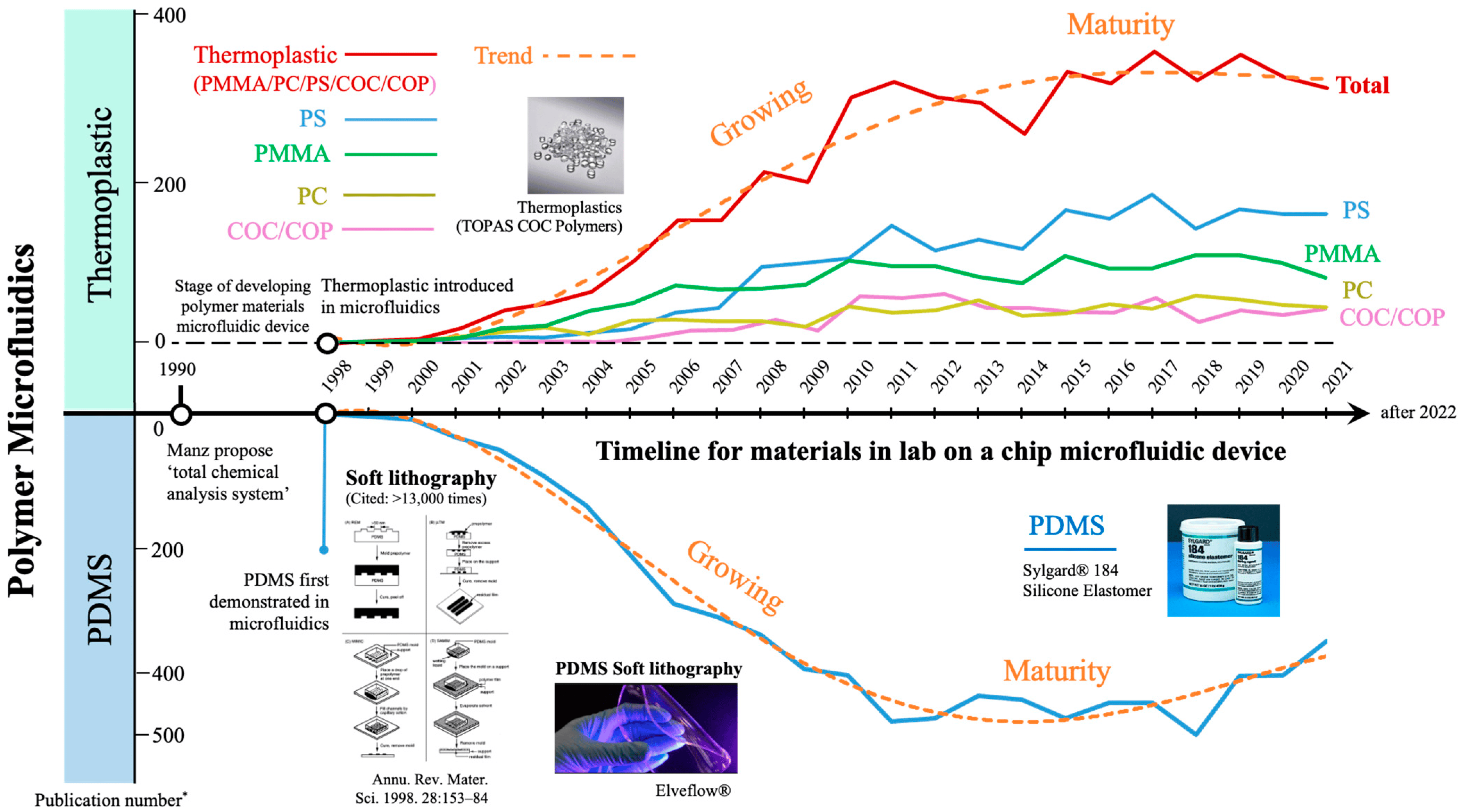How to choose the best chip material for microfluidic fabrication?
Author
Celeste Chidiac, PhD
Publication Date
Keywords
PDMS
Thermoplastics
optical clarity
Composite
mechanical strength
gas permeability

Need advice for your chip materials?
Your microfluidic SME partner for Horizon Europe
We take care of microfluidic engineering, work on valorization and optimize the proposal with you
The selection of chip material for microfluidic fabrication depends on various properties, including optical clarity, mechanical strength, gas permeability, and surface wettability. Conventional materials like glass and silicon were initially used due to their precision and stability, but they have cost and fabrication limitations. This led to exploring alternative materials, including elastomers, thermoplastics, paper, and composites, to enhance manufacturability and functionality in various applications.

Chip material | Advantages | Limitations | Applications |
Silicon | – High chemical and thermal stability | – Opaque, limiting optical applications | – MEMS integration |
Glass | – Optical transparency | – Complex and expensive fabrication | – Capillary electrophoresis (CE) |
PDMS | – Low cost | – High biomolecule adsorption | – Rapid prototyping |
Thermoplastics | – Low cost | – Some types have low chemical resistance | – Disposable microfluidic chips |
Paper-based microfluidic | – Low cost | – Low detection sensitivity | – Point-of-care diagnostics |
Silicon chip material
Silicon was one of the first microfluidic materials used due to its semiconducting properties, availability, ease of fabrication, chemical resistance, and thermal stability. However, its opacity limits its use in optical applications, and its fragility makes it unsuitable for incorporating active components like pumps and valves. Despite these drawbacks, silicon-based microfluidic chip materials are still employed in high-precision applications such as point-of-care diagnostics and organ-on-a-chip devices [1].
Glass chip material
Glass is a transparent and electrically insulating material with excellent chemical resistance, biocompatibility, and thermal stability. However, glass chip fabrication is complex and expensive, requiring high temperatures, pressures, and stringent environmental conditions for bonding. These challenges have limited its widespread, leading to the search for alternative materials [1]. One of its primary applications is capillary electrophoresis (CE).

Elastomer chip material
- Polydimethylsiloxane (PDMS): PDMS has revolutionized microfluidic since its introduction in 1998 due to its low cost, optical transparency, biocompatibility, and ease of molding [3]. It is particularly useful for rapid prototyping, as it allows for the quick fabrication of microfluidic devices through conventional machining or photolithography. However, PDMS has limitations, including poor surface treatment stability, high biomolecule adsorption, and chemical incompatibility with organic solvents, which restrict its use in biomedical applications [4]. Despite these drawbacks, it remains a popular choice in academic research and rapid prototyping.
- Perfluorinated polymers: Teflon-based materials provide an alternative to glass and silicon by offering high chemical inertness, non-stick properties, and optical transparency. These chip materials resist swelling, prevent biofouling, and are compatible with all solvents, making them attractive for advanced chemical and biological applications. However, their high cost and fabrication complexity limit their broad adoption [5].
Thermoplastic chip material
Thermoplastics became popular as microfluidic chip material in the early 2000s due to their low cost, rapid production, and scalability. They are crosslinked polymers that can retain their shape after cooling, making them suitable for micro-machining processes [2].
Various thermoplastics offer different advantages:
- Poly(methyl methacrylate) (PMMA): One of the most widely used thermoplastics, PMMA chip material is valued for its optical clarity, low price, and compatibility with electrophoresis applications. However, it has limited stability against organic solvents and poor UV transmissivity, which may restrict its use in specific applications [6].
- Polystyrene (PS): PS is commonly used in cell culture and biomedical assays due to its biocompatibility, optical transparency, and commercial availability. It is naturally hydrophobic but can be modified to improve cell adhesion and surface properties. Despite its advantages, expensive equipment is often needed for proper surface treatment [7].
- Polycarbonate (PC): PC is a stronger and more heat-resistant alternative to PMMA, offering excellent optical transparency and biocompatibility. It is frequently used in DNA thermal cycling and pathogen detection applications. However, its low stability against organic solvents and high background fluorescence are challenging for imaging techniques [6].
- Cyclic Olefin (co)polymers (COC/COP): These chip materials are known for high chemical resistance, superior optical properties, and compatibility with UV-based imaging techniques. COC/COP polymers have been used in hydrogel polymerization and grafting inside microfluidic channels, making them valuable for biomedical and analytical applications [8].
Paper chip material
Paper-based microfluidics gained significant popularity around 2007 due to its low-cost, ease of fabrication, portability, and capillary-driven flow transport without external power sources. However, challenges such as low detection sensitivity, difficulty guiding low-surface-tension fluids, and evaporation issues have limited its use. However, paper microfluidic remains a promising approach for point-of-care diagnostics and bioassay-based applications [9].
Composite materials
To overcome the limitations of individual materials, researchers have developed composite microfluidic devices that combine materials to optimize performance. For example, paper/polymer offers rapid immobilization of biomolecules and high performance in flow control. Another design uses polyvinyl chloride (PVC) layers and ceramic tapes to create microfluidic devices with high reliability, reproducibility, and flow control. These innovations offer a balance between cost, manufacturability, and functionality [10].
Want to know more on this subject? Check the extended review comparing the different chip materials and fabrication techniques.
Conclusion
Microfluidic chip fabrication has evolved from traditional chip materials like glass and silicon to more cost-effective and scalable alternatives such as polymers, thermoplastics, paper, and hybrid composites. While glass and silicon offer precision and chemical resistance, PDMS and thermoplastics have gained popularity due to their ease of manufacturing and biocompatibility. Paper-based microfluidic presents a promising low-cost alternative but faces challenges in fluid control and sensitivity. Meanwhile, composite materials offer a hybrid approach to overcoming individual material limitations. As research continues, developing new materials and fabrication techniques will further enhance the capabilities and accessibility of microfluidic technologies.
Funding and Support
This review was written under funding from the European Union’s Horizon research and innovation program HORIZON-CL4-2021-DIGITAL-EMERGING-01-27, grant agreement No. 101070120 (BIOPROS),
and the European Union’s Horizon research and innovation program Marie Skłodowska-Curie grant agreement No. 956387 (LasIonDef).




This review was written by Celeste Chidiac, PhD.
Published in February 2025.
Contact: Partnership[at]microfluidic.fr

References
- Nielsen, J.B., et al., Microfluidics: innovations in materials and their fabrication and functionalization. Analytical chemistry, 2019. 92(1): p. 150-168.
- Giri, K. and C.-W. Tsao, Recent advances in thermoplastic microfluidic bonding. Micromachines, 2022. 13(3): p. 486.
- Martinez, A.W., S.T. Phillips, and G.M. Whitesides, Three-dimensional microfluidic devices fabricated in layered paper and tape. Proceedings of the National Academy of Sciences, 2008. 105(50): p. 19606-19611.
- Gokaltun, A., et al., Recent advances in nonbiofouling PDMS surface modification strategies applicable to microfluidic technology. Technology, 2017. 5(01): p. 1-12.
- Wang, Y., et al., Recent progresses in microfabricating perfluorinated polymers (Teflons) and the associated new applications in microfluidics. Microphysiological Systems, 2018. 2.
- Shakeri, A., et al., Bio-functionalization of microfluidic platforms made of thermoplastic materials: A review. Analytica Chimica Acta, 2022. 1209: p. 339283.
- Jafari, A., et al., Surface properties and cell-surface interaction of polystyrene-graft-poly(2-hydroxyethyl methacrylate). Progress in Organic Coatings, 2024. 189: p. 108278.
- O’Neil, C.E., et al., Characterization of activated cyclic olefin copolymer: effects of ethylene/norbornene content on the physiochemical properties. Analyst, 2016. 141(24): p. 6521-6532.
- Ren, K., J. Zhou, and H. Wu, Materials for Microfluidic Chip Fabrication. Accounts of Chemical Research, 2013. 46(11): p. 2396-2406.
- Kojic, S.P., G.M. Stojanovic, and V. Radonic, Novel cost-effective microfluidic chip based on hybrid fabrication and its comprehensive characterization. Sensors, 2019. 19(7): p. 1719.

